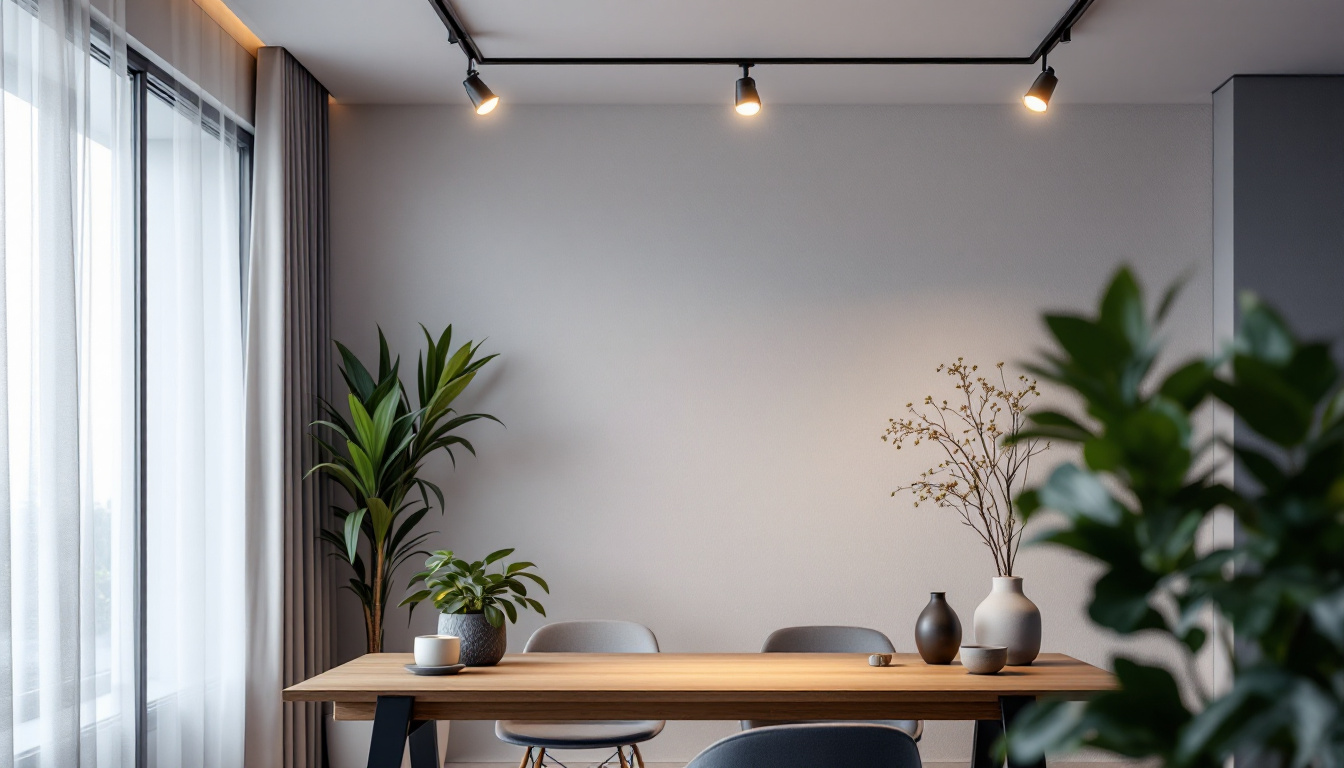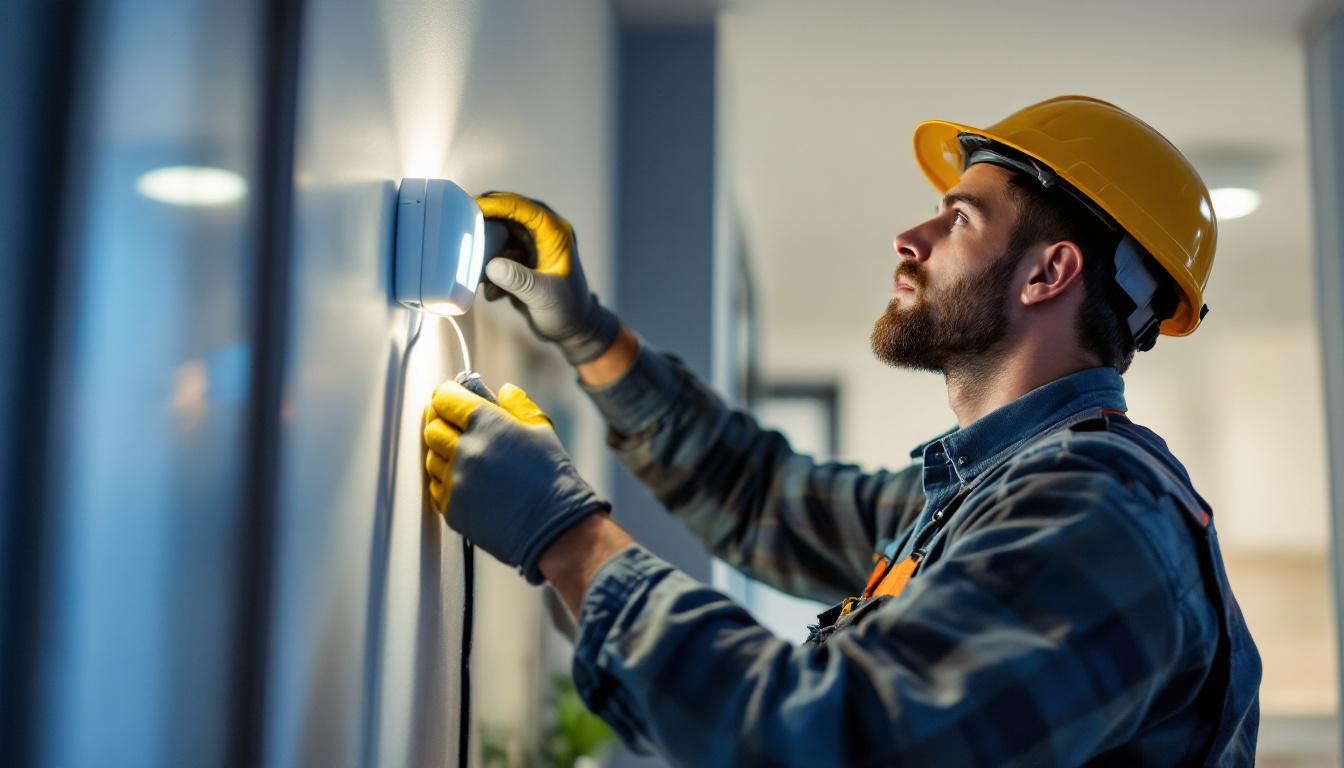
In the world of lighting design, hanging lanterns have emerged as a popular choice for both residential and commercial spaces. Their unique aesthetic appeal combined with practical functionality makes them a favorite among homeowners and designers alike. For lighting contractors, understanding the intricacies of hanging lantern lights is essential for successful installations and customer satisfaction. This article delves into the essential facts surrounding hanging lantern lights that every lighting contractor should know.
Hanging lanterns are versatile fixtures that can enhance the ambiance of any space. They come in various styles, sizes, and materials, allowing for a wide range of applications. From traditional to modern designs, these fixtures can complement different architectural styles and interior themes.
Typically suspended from ceilings or hooks, hanging lanterns can serve both functional and decorative purposes. They provide illumination while also acting as statement pieces that draw attention to specific areas within a room or outdoor setting. The soft glow emitted by these lanterns can create a warm and inviting atmosphere, making them perfect for cozy gatherings or romantic dinners. Additionally, the interplay of light and shadow cast by the lanterns can add depth and dimension to the space, enhancing its overall aesthetic appeal.
There are several types of hanging lanterns available, each with its own unique characteristics. Understanding these types can help contractors recommend the best options to their clients. Each type not only serves a functional purpose but also contributes to the overall design narrative of the space.
The material and finish of a hanging lantern significantly affect its durability and aesthetic appeal. Common materials include:
Contractors should consider the environment where the lantern will be installed when selecting materials. For instance, metal fixtures may be more suitable for outdoor settings where exposure to moisture is a concern. Additionally, the choice of finish can impact maintenance; for example, powder-coated finishes can resist fading and corrosion, ensuring the lanterns maintain their beauty over time. Furthermore, the integration of smart technology into some modern hanging lanterns allows for adjustable brightness and color, providing users with the ability to tailor their lighting experience to suit different moods and occasions.
Proper installation is crucial for the performance and safety of hanging lantern lights. Lighting contractors must adhere to specific guidelines and best practices to ensure a successful installation.
The height at which a hanging lantern is installed can greatly impact its effectiveness. Generally, lanterns should be hung at a height that allows for optimal light distribution while avoiding obstruction. In dining areas, for example, a height of 30 to 36 inches above the table is recommended. This ensures that the light is directed downward, creating an inviting ambiance without blinding diners. Furthermore, adjusting the height based on the size of the lantern can enhance the overall aesthetic; larger fixtures may require slightly higher placement to maintain proportion within the space.
Placement is equally important. Contractors should consider the room’s layout and the purpose of the lighting. For instance, in a foyer, a larger lantern can serve as a focal point, while smaller fixtures may be more appropriate for hallways or smaller spaces. Additionally, the color and design of the lantern should complement the surrounding decor. In open-concept areas, it may be beneficial to align multiple lanterns in a row or cluster them in a way that guides the eye through the space, enhancing both functionality and style.
When installing hanging lanterns, contractors must ensure that the electrical wiring is properly handled. This includes checking the voltage requirements and ensuring that the fixture is compatible with existing wiring. Safety should always be a priority; using appropriate wire connectors and ensuring that all connections are secure can prevent potential hazards. It is also advisable to use fixtures that have built-in safety features, such as surge protection, to safeguard against electrical surges that could damage the lighting system.
Additionally, contractors should be familiar with local building codes and regulations regarding electrical installations. Compliance with these codes not only ensures safety but also protects contractors from liability. Understanding the requirements for circuit load and the maximum wattage allowed can help in selecting the right fixtures and prevent overloading the system. Furthermore, it’s beneficial to consider the energy efficiency of the chosen lanterns; opting for LED bulbs can significantly reduce energy consumption and extend the lifespan of the fixtures, making them a smart choice for both the environment and the homeowner’s wallet.
As the demand for energy-efficient solutions continues to grow, lighting contractors must be knowledgeable about sustainable options for hanging lanterns. This includes understanding the benefits of LED technology and how it can be applied to various fixtures.
LED bulbs have revolutionized the lighting industry, offering significant advantages over traditional incandescent or halogen bulbs. They consume less energy, have a longer lifespan, and produce less heat, making them a more sustainable choice.
When recommending hanging lanterns to clients, contractors should highlight the benefits of LED options. Not only do they reduce energy costs, but they also contribute to a lower carbon footprint, aligning with the growing trend towards sustainability.
With advancements in smart home technology, many hanging lanterns can now be integrated into smart lighting systems. This allows homeowners to control their lighting remotely, set schedules, and even adjust brightness levels through mobile apps.
Contractors should stay informed about the latest smart lighting solutions and be prepared to offer clients options that enhance convenience and energy efficiency. Educating clients on the benefits of smart lighting can also lead to increased satisfaction and referrals.
Staying updated on design trends is essential for lighting contractors looking to provide clients with the most contemporary options. The aesthetic appeal of hanging lanterns can significantly influence a space’s overall design.
One of the most popular trends in lighting design is the mixing of different styles. Combining traditional and modern elements can create a unique and personalized look. For instance, a rustic wood lantern can be paired with sleek metal fixtures for a balanced aesthetic.
Contractors should encourage clients to explore various combinations to find a style that resonates with their personal taste while also complementing their home’s architecture.
The choice of color and finish can dramatically affect the visual impact of hanging lanterns. Currently, matte black and antique brass finishes are gaining popularity, as they can easily blend with various decor styles.
Contractors should be aware of these trends and offer clients options that align with their preferences. Additionally, providing guidance on how different finishes can affect the overall ambiance of a space can help clients make informed decisions.
Proper maintenance is essential for ensuring the longevity and performance of hanging lanterns. Lighting contractors should educate clients on how to care for their fixtures to keep them looking and functioning at their best.
Regular cleaning is necessary to prevent dust and grime buildup, which can diminish the light output and overall appearance of the lantern. Contractors should recommend appropriate cleaning methods based on the materials used in the fixture. For example, glass lanterns can typically be cleaned with a gentle glass cleaner, while metal fixtures may require a different approach to avoid scratches.
Additionally, contractors should advise clients to check the bulbs periodically and replace them as needed to ensure consistent lighting quality.
For outdoor hanging lanterns, seasonal changes can impact maintenance routines. Contractors should inform clients about the importance of winterizing outdoor fixtures to prevent damage from harsh weather conditions. This may include removing bulbs and covering fixtures during extreme weather or ensuring that the fixtures are securely mounted to withstand strong winds.
Hanging lantern lights are more than just functional lighting fixtures; they are integral design elements that can transform a space. For lighting contractors, understanding the various aspects of hanging lanterns—from types and materials to installation and maintenance—is essential for delivering exceptional service.
By staying informed about design trends, energy-efficient solutions, and proper care techniques, contractors can provide valuable insights to clients, helping them make informed decisions that enhance their living or working environments. Ultimately, a well-chosen hanging lantern can not only illuminate a space but also elevate its aesthetic appeal, making it a worthwhile investment for any homeowner or business.
Ready to elevate your lighting installations with the perfect hanging lanterns? Look no further than LumenWholesale for a vast selection of premium, spec-grade lighting products at unbeatable wholesale prices. Say goodbye to local distributor markups and hello to high-performance lighting that meets the highest industry standards. With free shipping on bulk orders, LumenWholesale is your go-to source for quality and affordability. Enhance your clients’ spaces with confidence and convenience. Visit Wholesale Lighting at the Best Value today and discover the ideal lighting solutions for every project.

Discover the secrets to future-proofing your lighting projects with short track lights.

Discover the essential steps to effectively train your team in installing recessed kitchen ceiling downlights.

Discover essential resources and expert tips for lighting contractors to master low voltage light sensors.

Discover how LED security flood lights are revolutionizing the industry for lighting contractors.